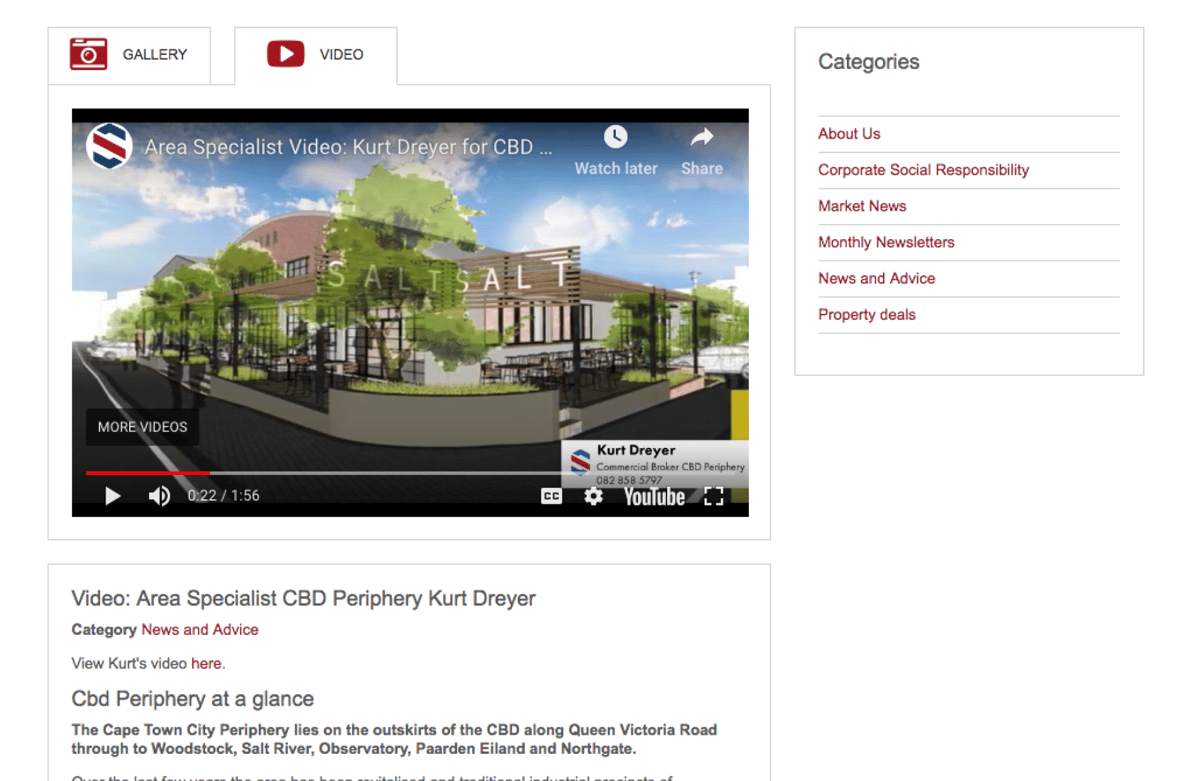Reading time: Approx. 8 min
When we talk about website content, we’re referring to images, copy, video etc. The importance of each of these depends on your service and user’s needs. Pinterest, places emphasis on images, YouTube on video, but a real estate website needs to strike a balance between all the content types to offer users a rich experience that describes services and showcases properties. But how do we provide content that search engines love and still engages our users? Keep reading below....
Search Engine Optimisation
SEO is a process by which you can enhance your website content to get more organic traffic from the search engine results page. By making certain adjustments, your website becomes more ‘attractive’ to search engines, increasing the chances of your website being displayed prominently in search results.
Search Engine Bots
Search engines want to deliver the highest quality content to their users, which means that it has to be relevant to what that user is looking for at that time. To do this, search engine bots crawl (scan) millions of websites to see if they include content with topics or keywords that match the initial search.
Search engines have various moving parts, including; a crawler and an index. A crawler (also known as a spider, robot and bot) is a program that visits websites and reads their content in order to create entries into a search engine index.
The more frequently your website is updated with fresh original content, the more frequently it is likely to be crawled and therefore indexed. Which is good for your business!
So let’s get cracking with good original content.

Images obviously add value to a user’s experience by making a page more interesting. They also benefit your search engine rankings. Here are some tips to keep in mind regarding images.

Videos have become a rising factor for any successful website and consistently generate more engagement than images on platforms like Facebook. They’ll help the appeal and ranking of a page, but will also be searchable by themselves in video results.
.png?width=877&name=image%20(2).png)
This is the most important content element to ensure good search engine rankings. Below are some of the key points to remember when producing copy for your website, either personally or through a copywriter.
Copyright © 2025 Prop Data (Pty) Ltd Privacy Policy